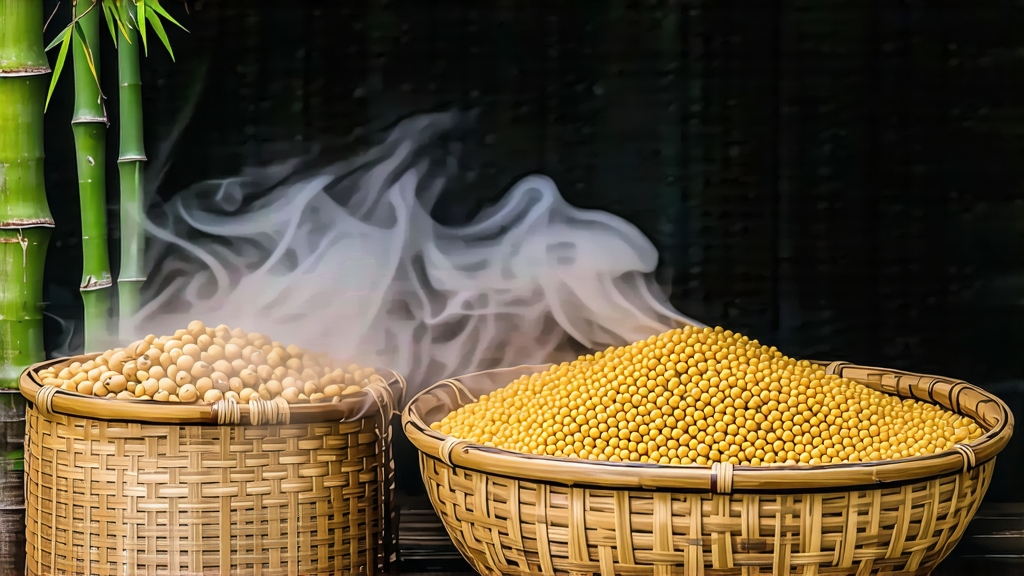
Tucked high in the mist-veiled Dabie Mountains of western Anhui Province, Huoshan Huangya has quietly captivated Chinese emperors, poets, and tea sages for more than seven centuries. Unlike the better-known green, black, or oolong teas that crowd international shelves, this “yellow bud” tea belongs to the smallest and most enigmatic of China’s six tea families—yellow tea—whose defining hallmark is a whisper-slow “sealed yellowing” step that turns leaf, liquor, and even aroma into the color of pale gold. To understand Huoshan Huangya is to witness a craft that balances on the edge of green tea’s freshness and black tea’s mellowness, a fleeting moment when enzymes are coaxed, not coerced, into creating flavors that cannot be replicated anywhere else on earth.
Historical scrolls first record the tea in the Tang dynasty (618-907), when tribute commissioners carted compressed cakes of “Huozhou yellow sprout” along the imperial highways to Chang’an. By the Ming (1368-1644) the leaf had evolved into the loose, needle-shaped bud tea we recognize today, and the Wanli Emperor so prized its honeyed apricot note that he exempted Huoshan county from grain taxes in exchange for an annual gift of nine jin of the finest buds. During the Qing, the tea vanished from court records as mountain orchards were devastated in the Taiping rebellions; it was not until 1972 that a small team of agronomists, guided by a single surviving 87-year-old master, reconstructed the recipe from memory. The re-born Huoshan Huangya entered the list of China’s National Intangible Cultural Heritage in 2008, and every spring the county still celebrates the “Opening of the Buds” festival with drum dances and a public firing of the first wok.
Geography explains part of the magic. The Dabie range rises abruptly from the Anhui plain, creating a bowl-shaped micro-climate where night mists linger until mid-morning, filtering sunlight into a soft, diffuse glow. Day-night temperature swings of 15 °C slow the sprouting of the local Da Bai Ye (Large White Leaf) cultivar, concentrating amino acids and a floral terpene called linalool. Soils are quartz-rich yellow granite, acidic and fast-draining; their mineral signature survives all the way into the cup, giving a tactile sensation Chinese tasters describe as “mountain bone.” Gardens sit between 300 and 800 m, too high for mechanized harvesters, so every pluck is still done by thumbnail, one tender bud or one bud-and-leaf standard that must weigh no more than 0.3 g.
Processing begins within minutes of plucking. Baskets lined with thin bamboo mats are carried downhill to cottages whose courtyards echo with the clack of wok-tongs. The first step, shaqing or “kill-green,” looks identical to green-tea fixation: hand-tossing 120 °C leaves in cast-iron woks for three to four minutes until leaf temperature reaches 85 °C, de-activating the dominant oxidative enzymes. Yet here the path forks. Instead of immediate rolling and drying, the hot leaves are piled in bamboo trays, covered with damp linen, and left to “menhuang”—literally “sealed yellowing”—for 70 to 90 minutes. During this sauna-like rest, residual moisture and heat re-awaken a secondary suite of enzymes that convert chlorophyll into pheophytin and catechins into theaflavins, pushing color from jade to straw and flavor from grassy to chestnut-cream. The pile is turned every twenty minutes so that oxidation remains microscopic, a slow-motion version of what happens in a black-tea fermenting room but confined inside each intact cell. When the master detects the tell-tale scent of steamed corn and frangipani, the leaves are quickly rolled into fine, taut needles and given a three-stage bake: charcoal embers at 80 °C for initial drying, 60 °C for shape-setting, and finally 50 °C for fragrance rounding. The entire cycle spans 36 attentive hours, after which the tea must rest for at least seven days so that trapped “fire” dissipates and the prized “cold fragrance” emerges.
The finished leaf is slim and straight, the color of antique ivory with a faint celadon stripe down the spine. When shaken in a porcelain gaiwan it emits a low, musical rustle